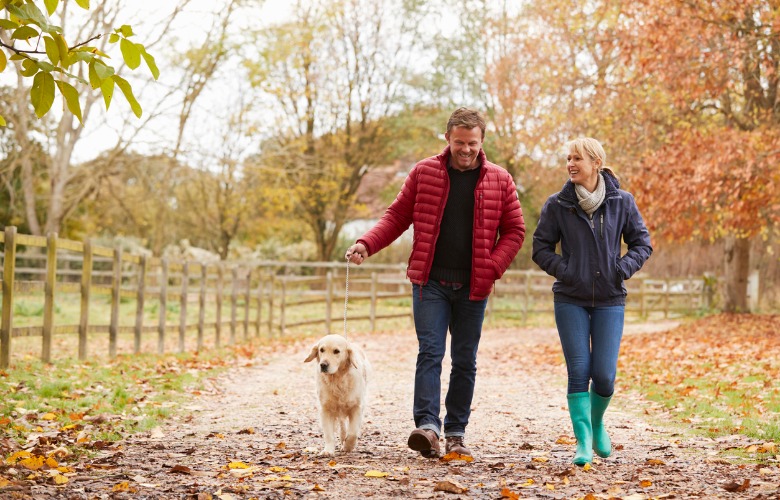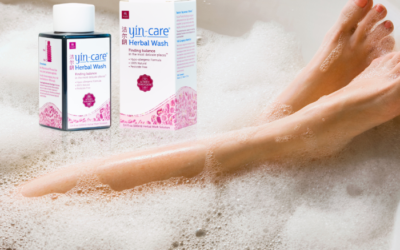Fitness and Wellness at Home
Exercise
Exercise has been shown to improve mood, boost energy, help control weight, promote better sleep, sharpen memory, reduce stress, support glucose metabolism, strengthen your lungs, and keep your heart healthy.
Exercise can be fun and adaptive to any lifestyle, some prefer to walk or run while others prefer a more intense workout like aerobics or weight training. Swimming, dancing, tennis, outdoor sports, and even gardening are all excellent summer exercises. Yoga, Tai-Chi, breathing exercises, and meditation can all help with increased flexibility, strength, and relaxation. Experimenting with different exercises can help to find the right one for you.
Pre-workout
Of course, stretching and warm-up exercises are important to your pre-workout ritual. Fueling your workout session will help you make the most of it before you begin.
- Sleep – this will not only give you all the energy you need to get going, it will help to keep cravings and hunger at bay. 7 hours or more is the goal, this is also important for muscle recovery after you work out.
- Hydrate – you may think that drinking water is only important during and after a workout, but it is crucial to be hydrated before you start for optimum energy levels. So, start drinking before you get in those squats or conquer the battle ropes.
- Don’t forget that snack – no food means no energy. Even a small whole-grain piece of toast with nut butter or a banana, so you are not starving mid-way through your routine.
- Change up what you wear – studies show that blue and green is great for a calming workout such as yoga and red is empowering for increased performance – great for cardio and weightlifting. A confidence boost without much work.
- Add a scoop – creatine powder is a popular choice for pre-workout for energy and focus. It is a derivative of three amino acids naturally produced in the body. Protein is also a good choice for both energy and a snack. Add a scoop to your water before your workout to get pumped.

Great Outdoor and At-Home Exercises
Hike a trail
Cooler weather and sparser trees can be a refreshing change on the hiking trails and an opportunity to view fall foliage.
Fall chores
Raking leaves and fall outdoor work can invigorate your heart and burn calories just in time for the holiday season.
Want to take your workout indoors instead?
Get your dance on
Watch a Zumba dance or ballroom dancing or hip-hop dance videos to change things up.
Watching too much Netflix lately? Yoga can be the perfect low-impact, yet incredibly beneficial exercise to do while catching up on your favorite T.V. shows. Unwind and find your Zen while practicing yoga poses which can benefit you in many ways:
- Improve flexibility
- Build muscle strength
- Prevents joint breakdown
- Increases blood flow
- Drops your blood pressure and ups your heart rate
- Lowers cortisol levels – stress hormones
- Boosts mood and encourages relaxation
- Improves focus.
There are many more benefits from yoga, helping to make many lifestyles healthier. Whatever you choose to do, the fall months are a wonderful time to change up your workout and transition into the winter months.
Post-Workout
The cool-down is as important as the warm-up. Suddenly halting intense physical activity can cause your blood pressure to drop and dizziness to occur. Your heart rate should return to a calmer state and stretching to release tension in the muscles are also important.
- Replace that water – You hydrated before and during your workout, but you properly expended more water than you could replenish. Hydration will help increase flexibility and reduce muscle soreness post-workout.
- Get pampered – with a massage. Massage after working out can help with muscle recovery (speeding it up to 50 percent), reduce swelling, and reduce muscle damage.
- Get your protein on –always drink a protein shake after working out – shoot for 15 to 30 minutes after your routine. Your metabolic window is open, your muscles can rebuild, and your body needs protein to get stronger. Add fresh fruit to your shake to replace carbohydrates and help to balance glucose function.
Incorporate these workout tips into your routine and your workout and your body will thank you. Exercise and regular physical activity is the cornerstone of overall wellness and you should get the most out of your workout every time.

Sports Nutrition
Sports nutrition is another important way to support strength, endurance, and energy while being active. Eating a small snack such as a banana or energy bar, about 30 minutes before your workout can help you get going. Make sure to drink water and stay hydrated before, during, and after working out to replace water lost through sweat.
Fill the nutritional gap
You may be busier than usual and grab food on the go. You may eat more of what you shouldn’t like sugars and carbs and less of what you should like lots of fruits and veggies. It is common in the autumn to tend to want more comfort foods and sweets. How bodies sense the colder days ahead and crave the quick energies the not so healthy foods provide. Of course, make an effort to incorporate fresh foods into your diet; but when that becomes difficult it is beneficial to take a supplement to fill the gap:
- A good, quality multivitamin will ensure you are getting a little of all the energy you need.
- Vitamin D, the “sunshine” vitamin is created in your body when it absorbs sunlight. Shorter days and darker nights mean less vitamin D. Vitamin D deficiency can cause low energy, low mood, and bone issues.
- Zinc is important for helping the immune system to fight off viruses and bacteria, as well as help wounds heal.

Mental Fitness
Don’t ignore your mental health during this time, it is a crucial part of wellness. Some ways to practice self-care:
Slow down
Slow down at this time of year, when the days are shorter and your energy will naturally decrease. Say no to being busy and absorb the present moment.
- Meditate as little as 10 minutes can make a huge impact.
- Listen to calming music and be still.
- Do something that you focus on completely, such as a puzzle, coloring, or knitting.
Mindfulness
Use this time to refill your energy – creative and physical. A time to stop and appreciate where you have come from and where you would like to be. Shutting down distractions (yes, that means your phone too), stop participating in activities that drain you, and being present is a good start to mindfulness. A few ways to practice mindfulness:
- Be creative – take up a craft, start coloring, journal – anything that will make you focus on the moment and help you unleash the artist within
- Put your phone on airplane mode and just enjoy the moment
- Breathe – simply focus on what gives you life
- Eat mindfully – truly taste that hot chocolate.
Grounding
Also known as earthing, is one of the best ways a human can connect themselves to earth and invite nature into your well-being. It may sound odd, but something as simple as walking barefoot on some grass or sand can be an incredibly healing practice. Ecotherapy which is grounding as healing can improve mental health, boost self-esteem, reduce social isolation, reduce anxiety, and improve physical health. Of course, in the winter months going barefoot isn’t usually an option, but there are a few ways you can incorporate earthing into your day:
- Get some houseplants and spend some time touching them, talking to them, and caring for them.
- Open the curtains – let the sunshine in and better yet take a walkout in the sun.
- Play in the snow – go sledding, skiing, or just have a snowball fight with your kids.
- Light candles – the element of fire is a big part of nature – meditate while watching the flame and connect to it.
- Soak in the tub – water is part of nature as well, take a long bath and focus on how the water feels around you.
- Eat earthy foods – such as turnips, pumpkin, beets, and potatoes – cook them slowly.
- Take a vacation – to a warmer climate where you can go barefoot.
Hygge
If you have not heard of this Danish concept of hygge (pronounced hoo-ga), you will soon. You may have heard that people in Denmark are among the happiest in the world and experiencing hygge during the winter months is part of the reason why. “Hygge is such an important part of being Danish that it is considered “a defining feature of our cultural identity and an integral part of the national DNA,” according to Meik Wiking, the CEO of the Happiness Research Institute in Copenhagen:
- Hygge comes from the Norwegian word for “well-being” and describes the part of Danish culture of warm and cozy lifestyle since the 1800s. So how do you embrace the concept of hygge in the winter months?
- Stay indoors all day and relax.
- Curl up with a good book.
- Put down your phone.
- Invite friends over for a Netflix binge – don’t forget the hot chocolate!
- Keep things simple and do things that bring you joy and comfort in the winter months.
- Create a hygge atmosphere in your home – bake a sweet treat, drink some mulled wine, and light some candles.
- Knit a huge blanket or sweater (store-bought is fine) and snuggle up with it.
In other words, hygge is about living in a cozy moment while the sweater weather keeps you home. It is the ultimate self-care and way to reserve your energies while resting your soul.

Jemile earned a degree in Food Studies and Writing and has worked for almost 23 years in the medical and health industries. She has been a digital marketing consultant for Acupuncture Atlanta since 2011 as the social media manager and content manager. Writing has been a childhood dream for Jemile and writing daily for clients in the health, wellness, food, and art industries have been phenomenal. Jemile is originally from Brooklyn, NY, and lives in the Hudson Valley, NY. She lives with her husband, two daughters, her dog, and two fish. You can contact Jemile via Linkedin, her mom blog, or her website, lunaroseconsulting.com



